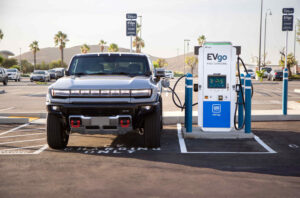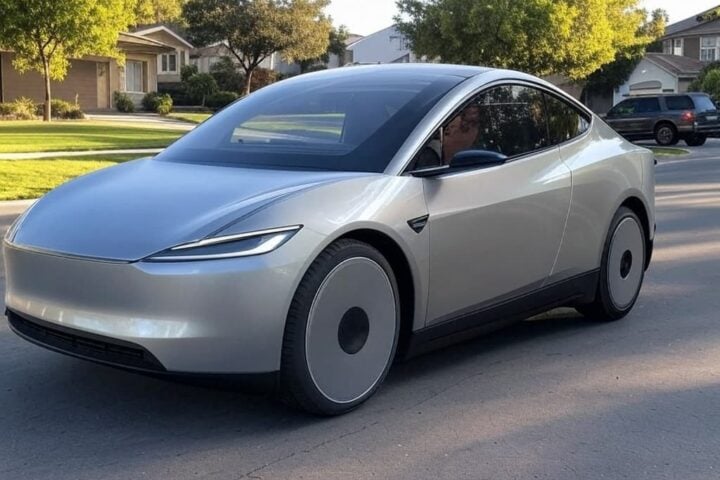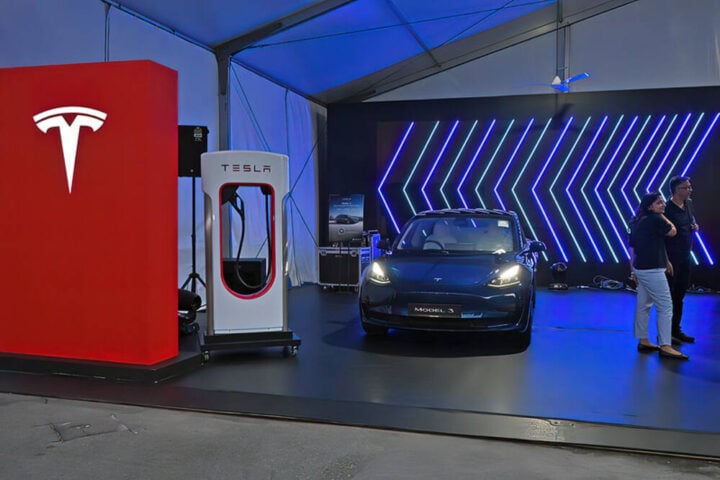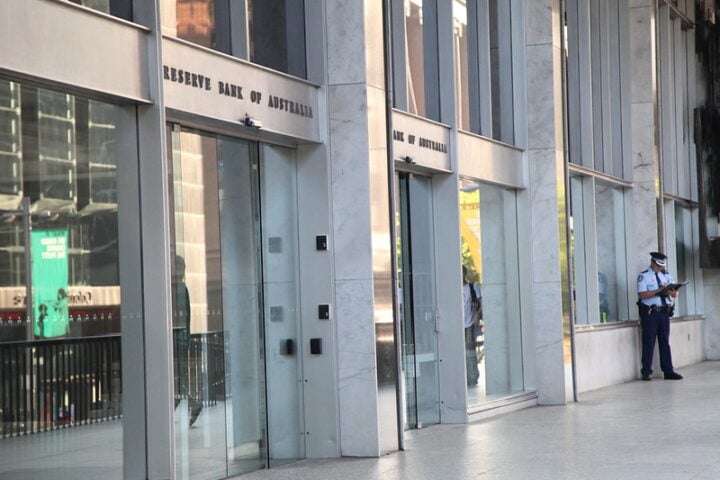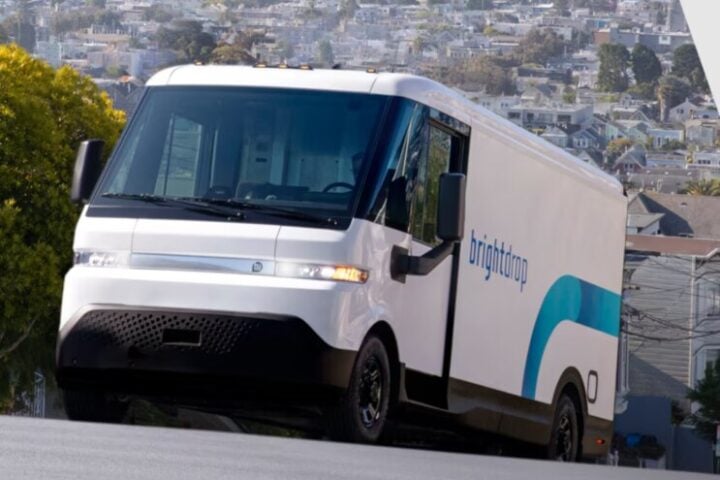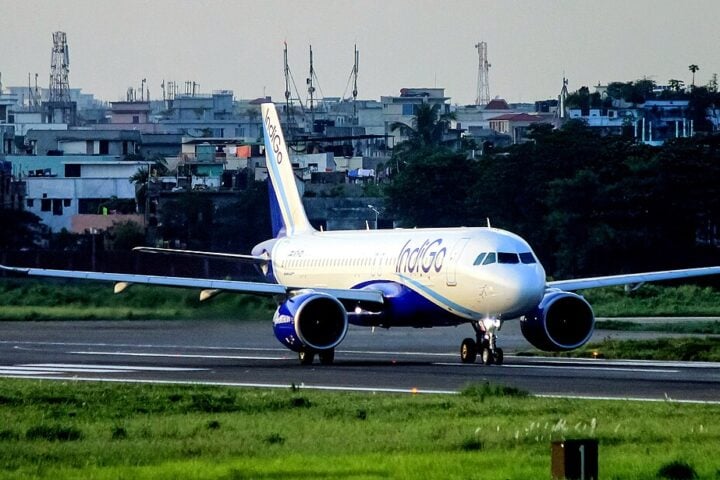The EV charging infrastructure landscape saw a shift as Oklahoma state officials unanimously voted to replace Tesla with EVgo in their interstate highway charging project.
EVgo’s entry into the Oklahoma charging project brought immediate financial advantages. The project’s total cost decreased by $317,932, while federal funding increased by $201,781, reaching $801,780. Jared Schennesen, multi-modal division manager of Oklahoma’s commissioners, confirmed these figures to OK Energy Today.
As reported by Electrek, the state initially selected Tesla, Francis Energy, and Love’s Travel Stops to construct DC fast chargers along interstate highways, with private funding of $7 million. Tesla was set to build Superchargers in Catoosa, Henryetta, and Oklahoma City.
According to local outlet OK Energy Today, Oklahoma officials removed Tesla when it failed to meet program standards. Electrek reports that EV chargers needed to be equipped with Combined Charging System (CSS) technology to qualify for the National Electric Vehicle Infrastructure (NEVI) funding. Most EV chargers come with this adapter but Tesla’s Superchargers do not.
EVgo operates over 1,000 DC fast chargers across 40 states. The company partnered with General Motors to install 2,850 new DC fast-charging stalls by 2024’s end, recently opening its 2,000th station. Their DC fast charging takes up to 80% less time than other methods.
More Stories
Despite EVgo’s expanding footprint, financial challenges persist. Recent quarterly results show revenue growth of 92% year-over-year, reaching $67.5 million, alongside a net loss of $33 million.
Tesla’s internal changes affect its charging infrastructure strategy. After reducing its Supercharging team workforce, CEO Elon Musk announced on X plans to invest over $500 million in Supercharger network expansion.
The state’s decision to replace Tesla with EVgo demonstrates how infrastructure decisions can shift based on program requirements and cost considerations. EVgo’s ability to reduce project costs while meeting program standards led to increased federal funding for the Oklahoma project.
